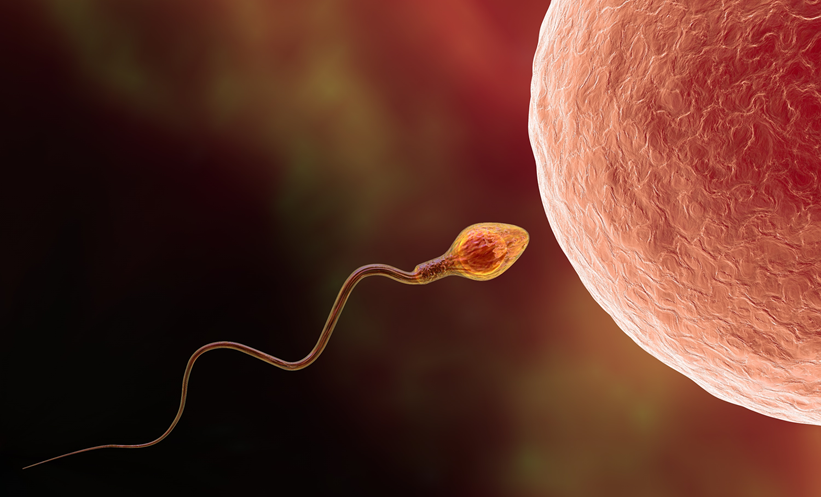RECENT FINDINGS presented at the American Society for Reproductive Medicine (ASRM) Scientific Congress & Expo, in October 2023, revealed a significant association between untreated, new-onset hypertension, and newly-diagnosed uterine fibroids in middle-aged females.
To conduct their investigation, the research team used data from the Study of Women’s Health Across the Nation (SWAN), a multisite cohort study that included 2,570 females (mean age: 45 years; 49% White). No participants in the study had prior history of uterine fibroids at baseline. The researchers collected data on blood pressure, anthropometric measurements, and blood biomarkers, both at baseline and during follow-up visits. They then assessed the relationships between hypertension, antihypertensive treatment, cardiovascular risk factors, and the incidence of newly diagnosed uterine fibroids in middle-aged females. Overall, 20% of participants reported a new uterine fibroids diagnosis during follow-up.
The findings revealed that the duration and control of hypertension played a crucial role in uterine fibroid risk. Females with untreated hypertension faced an 18% higher risk of developing uterine fibroids when compared to those without hypertension. Conversely, females with hypertension who were using antihypertensive medications had a 37% lower risk of developing uterine fibroids, with the use of angiotensin-converting enzyme inhibitors associated with a 48% lower risk. Interestingly, females with new-onset hypertension had a 45% greater risk of uterine fibroid diagnosis, while those with pre-existing hypertension had little additional risk (hazard ratio: 1.05; 95% confidence interval: 0.83–1.32).
The researchers also noted that anthropometric factors and blood biomarkers showed no significant association with the risk of newly-diagnosed uterine fibroids. “Blood pressure control could suggest an opportunity to prevent clinically apparent fibroid development in midlife, which is a high-risk time for fibroids to become clinically apparent,” explained lead author Susanna Mitro, Kaiser Permanente, Oakland, California, USA. Mitro also highlighted that the angiotensin-converting enzyme inhibitor findings could provide valuable insights into the aetiology of uterine fibroids, a subject she aims to investigate further in future research.








